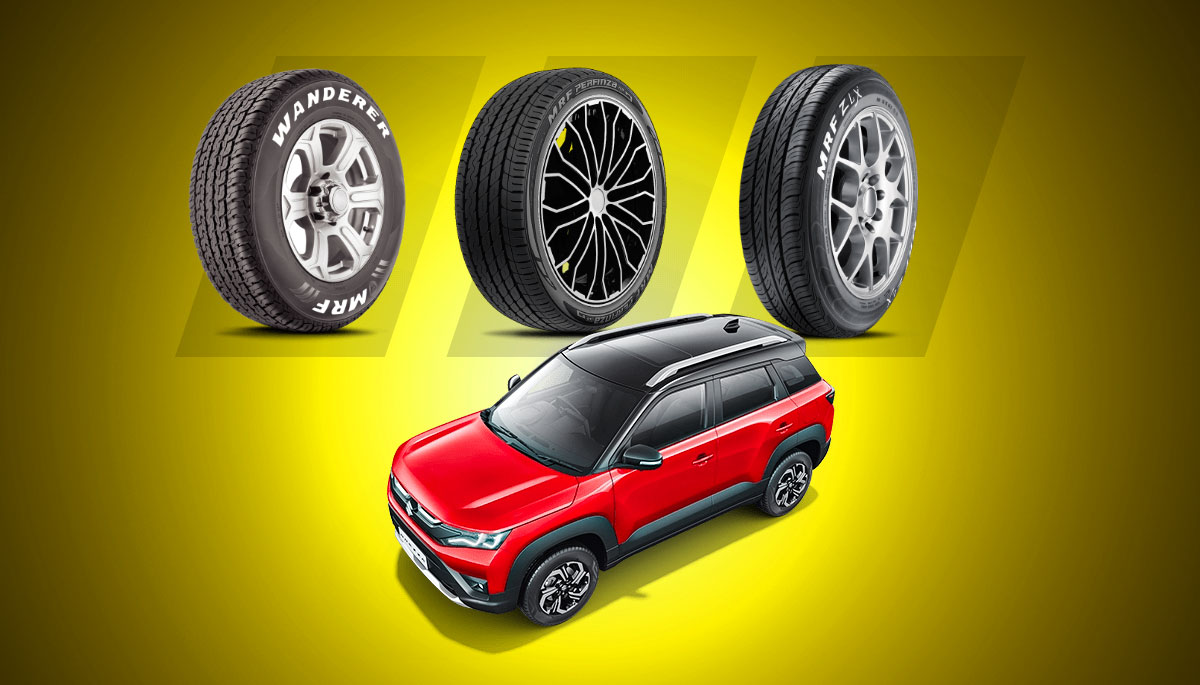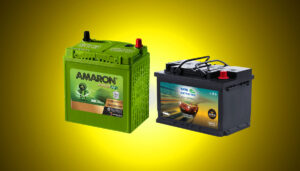Having the proper tires equipped on your car is crucial for safe and comfortable driving across varying Indian road conditions. This comprehensive guide will equip you with in-depth knowledge on choosing tires specialized for India’s unique geography, climate and road types.
Why Your Car’s Tires Matter
With Indian roads throwing up varying challenges like sharp turns, uneven surfaces, erratic rain – having a tire specially designed to handle these conditions can optimize your car’s stability, grip and cushioning.
The tire is the only contact point transferring all engine power to the road; thus investing in a quality set that matches your usage needs is vital. By distributing vehicle weight evenly, resisting punctures, dissipating heat and clearing water – the right tires enhance control, maximizing safety for you and your passengers.
Skimping on tire quality to save money almost always results in lower ride comfort, safety hazards and wear/tear issues. We’ll walk you through key criteria in picking tires tailor-made for India plus tips on when to replace, rotate and maintain properly.
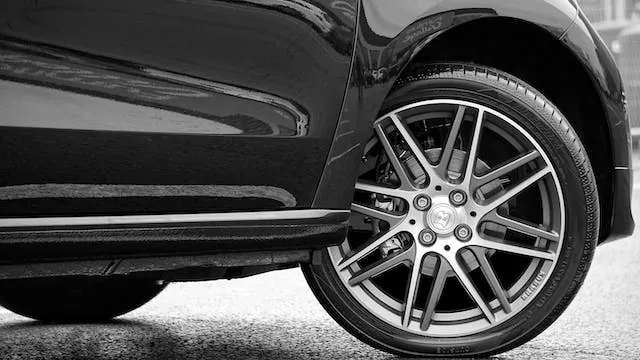
Key Factors to Consider When Choosing Tires in India
Assess these pivotal parameters when selecting new tires for Indian roads:
Types of Tires
Your first step is prioritizing features based on primary usage – daily city commute or highway trips; budget constraints versus premium quality:
Bias-ply Tires
The budget category focused on basic affordable transportation:
Pros
- Low ownership cost
- Light weight
Cons
- Sub-par grip, especially in rains
- More vibrations on uneven roads
- Higher road noise
Due to far superior options now available, bias-ply tires see very few takers except in very small, inexpensive vehicles.
Radial Tires
Dominate majority of passenger vehicles on Indian roads today:
Pros
- Better grip from continuous steel-belted construction
- Comfortable ride quality thanks to flexible sidewalls
- Responsive steering control
Cons
- More expensive than bias-ply
- Slightly less durable build
Bringing together grip, control and comfort – radial tires are ideal for most Indian riders seeking safety across varying road conditions.
Tubeless Tires
Modern tubeless tires are the gold standard for advanced vehicles:
Pros
- Superior air retention from rubber to rim air-tight sealing
- Enables inclusion of hi-tech puncture prevention technologies
- Eliminates risk of sudden deflation from tube damage
Cons
- More skill required for tire repairs vs tubed types
- Marginally higher initial cost
Thanks to cool running, damage resistance and safety merits, tubeless radial tires deliver best-in-class features to rely on Indian roads.
Therefore, radial tubeless tires are highly recommended as the top blend of comfort, durability, performance and safety for the majority of cars used daily across India’s varying terrain.
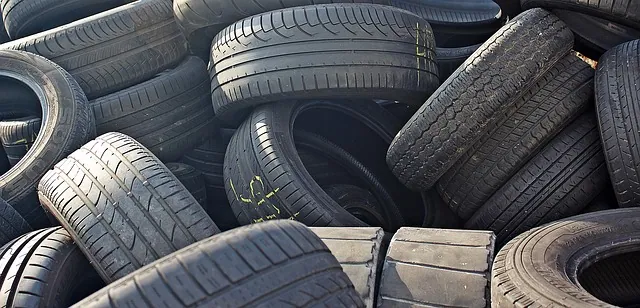
Tire Size Compatibility
Now that you’ve chosen the ideal tire construction type, ensuring the new set fits your car is vital:
Checking OE Specs
Ideally your replacement tires must match OEM factory fitted size given in owner’s manual or printed on current set. Typical size labeling format is – 155/80 R13 79T:
- 155 – Section width in millimeters
- 80 – Aspect ratio – sidewall height to width %
- R – Radial construction
- 13 – Rim diameter in inches
- 79T – Load index and speed rating
Using OE suggested size is crucial since factors like overall diameter, seating width and weight capacities aligned to your car model ensures proper handling.
When to Alter Size?
However, deliberately opting for variant tire sizes is common when seeking specific benefits:
- Upsizing rims – Larger 17, 18 or 20-inch alloys paired with shorter, stiffer sidewalls for sportier looks and feel
- Increasing aspect ratio – Taller 65 or 70 sidewalls for better cushioning over rough roads
- Wider section – Lower profile tires span entire rim width for aggressive styling
- Extra load capacity – Reinforced walls for heavier aftermarket use like towing trailers
So while sticking to OE sizes guarantees seamless performance, customized sizes help tailor to specific priorities.
Quality Ratings
When comparing tire brands and models look for highly graded quality metrics:
Treadwear Rating
Denotes evaluated lifespan with more durable compounds scoring higher from 100 up to 300+:
- 100 would last around 10,000 miles
- 200 lasts 20,000 miles
- 300 exemplifies 30,000+ miles durability
Higher treads reduce replacement frequency, thereby saving long-term cost.
Traction Rating
Indicates wet weather grip with grade scale:
- AA – Highest grade awarded to 10% of models tested
- A – 25% of top wet traction scorers
- B – Next 30% pass acceptable criteria
- C – Marginal wet handling
So aim for AA or A safety ratings especially important during monsoons.
Temperature Resistance
Critical for India’s hot climate, normalized grades are:
- A – Highest capability to withstand heat buildup
- B – Moderate temp resistance
- C – Basic level heat tolerance
Heat degradation impacts tire durability hence the top cooling grade A models are suggested.
Leading Indian brands like MRF, CEAT, Apollo offer cost-effective tires earning decent quality ratings to rely on for varied conditions.
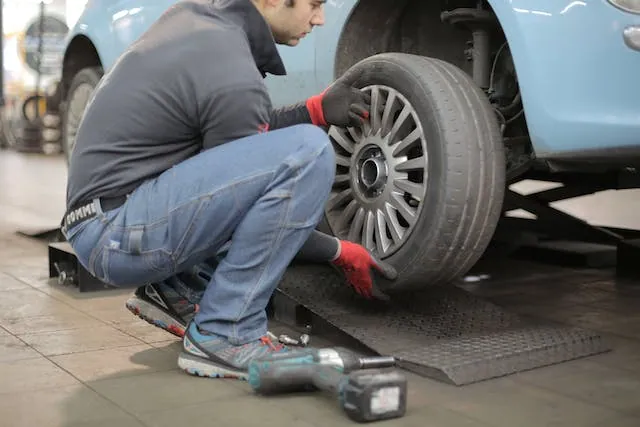
Priority Features
Given India’s tropical climate and road diversity, seek tires tailor-made with these specialized features:
Superior Heat Dissipation
Tropical heat coupled with engine transmission and tire friction creates extreme thermal severity. Look for tread compounds, casing architecture and cool running technologies resisting heat accumulation for maximizing tire life.
Cushioning Ability
Our infamous road topology demands damage resistance from gravel, potholes and uneven surfaces. Durable casing flex paired with responsive damping mechanisms maintains longevity while improving ride quality.
Low Interior Noise
Annoying hum from aggressive tread blocks interacting with coarse roads fatigue drivers over time. State-of-the-art sound dampening through insulation, absorbers and tuned pitch sequencing promote quiet, peaceful cabin acoustics for fatigue-free journeys.
Expert Water Dispersal
Sudden torrential downpours mean tires must instantly channel away water preventing loss of control from hydroplaning where tires can float over water rather than grip road. Sharp grooved tread combined with silica compounds enable wet weather traction.
Puncture Resilience
India’s roads are strewn with hazards like shards of glass, nails and debris giving tires nightmares. Multiple layered casing walls specially adapted for India boost puncture resistance without compromising fuel economy.
Reputed Indian manufacturers leverage precise local R&D for tires integrating these core characteristics vital for trouble-free regional performance.
Suitability by Weather Conditions
Monsoons bring their own squirrely road challenges demanding tires with impeccable wet grip and water dispelling capacities. Tires scoring highly in independent wet condition tests carry these ratings:
EU Standard Label
Mandated for Europe, graded A-G with:
- A – Best classifications reserved for 10% of top wet score achievers
- B – Next 25% of leading wet grip scores
- C – Mid-range capability in slippery, damp driving
So give preference to tires rated A or B by the stringent EU standards to fully enjoy rains.
M&S Symbol
“Mud and Snow” represents meeting traction, braking and handling criteria in severe soft, slippery muck or snowbound conditions. While not commonly relevant to India, M&S badges indicate grip tech useful in heavy storms.
During monsoons slow down, increase following distance and avoid worn tires for staying incident-free.
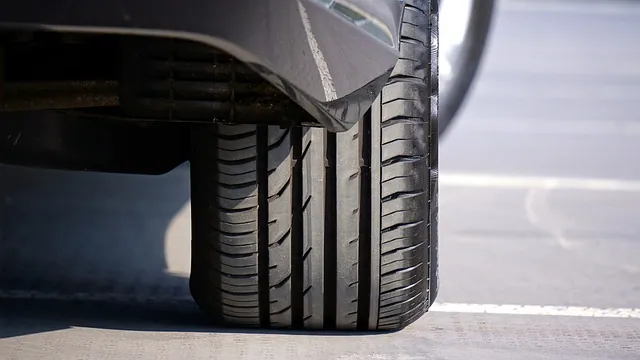
Tire Buying and Maintenance Recommendations
Follow these tips for right purchasing, fitment and upkeep through your tire ownership cycle:
When Replacing Tires
Stick to OE sizes for assured balancing, unless deliberately opting for variant dimensions to alter drive dynamics.
Replace in sets of four, or at least in pairs for avoiding differential wear issues from mixing old and new.
Buy from reputable dealers providing complete guidance on choices optimal per vehicle, usage and budget.
Choosing the Right Dealer
Manufacturer showrooms offer complete range plus installation and future service support under one roof.
Multi-brand outlets usually proffer discounted deals with options to mix tire brands or models.
Online purchases bring convenience and low pricing but don’t provide maintenance services.
Verify warranty terms – duration, claim processes, limitations to avoid future shocks.
Carefully Supervising Installation
Use experienced tire workshops following standardized protocols for demounting old set, cleaning rims, sealing seating areas, precision torque tightening and balancing ensures ideal fitment.
Perform wheel alignment and reset onboard tire pressure monitors after new tires are installed. This completes integration with car systems.
Break-in gently while avoiding potholes or curbs for initial 100-200 kms allowing rubber to acclimatize before aggressive driving.
Ongoing Tire Rotation
Rotate tires every 5000-6000 kms crossing front to back, swapping left-to-right for maintaining even tread depth. This prevents one set wearing excessively extending durability.
Check inflation monthly using a quality calibrated pressure gauge for maximum rated PSI levels mentioned by manufacturer. Underinflation causes uneven wear while overinflation gives harsh ride.
Average Tire Lifespan
With proper maintenance practices expected usable lifespan is:
- Passenger vehicles:
- 40,000 – 60,000 kms
- Extra load rated SUV tires – 80,000+ kms
- Performance cars with soft rubber blends – 25,000 kms
Timely rotation, avoiding unnecessary sharp turns, monitoring inflation and alignment extends tire durability, saving on frequent change costs.
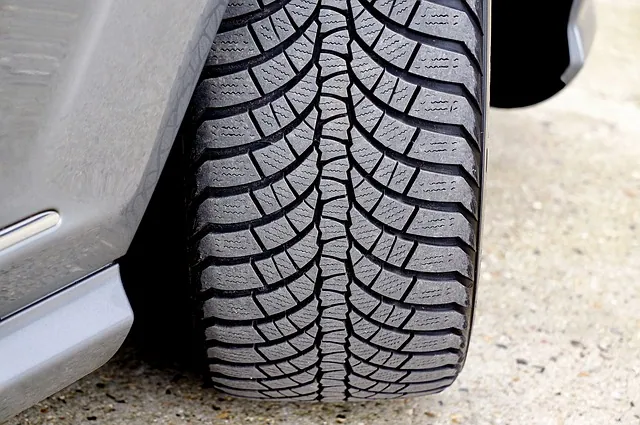
Recap – Key Guidelines for your Car’s Tires
Equipping your car with the ideal tires tailored for Indian conditions gives peace of mind to navigate varying challenges confidently.
Evaluate your priorities – ride quality, long-distance stability, cost constraints etc. to opt for suitable tire types and sizes.
While replacing tires, buy high quality models meeting temperature resilience, traction and longevity benchmarks tested specifically for India.
Invest in reputable servicing dealers providing end-to-end guidance from right fitment to rotation schedules.
Carefully maintain pressures, get timely rotations and avoid sudden brake-maneuvers to enhance tire lifespan.
Following these well-researched tips lets you cruise smoothly for years down India’s meandering highways. Stay safe out there!

